Bird-lover Mitchell Simpson is on a mission to boost capercaillie numbers in Scotland. Gayle meets one with which he’s formed a special bond.
Jimmy the capercaillie has, thus far, been very unlucky in love. It’s not that he’s unappealing to look at, or that he’s not sensational at strutting his stuff – quite the opposite.
The sad truth is that there are very few lady capercaillies out there for Jimmy to mate with.
The handsome two-year-old is owned by Mitchell Simpson and kept in a secret 12-acre woodland in Howe o’ the Mearns along with hundreds of rare and exotic bird species.
“Keeping poultry’s not everyone’s idea of fun, but golf’s not my idea of a good time!” says Mitchell, 67.
“I’ve got around 350 birds here including jungle fowl, demoiselle cranes, Temmink’s tragopan, blue, brown and silver pheasants from the Himalayas, and Hawaiian geese. It costs me around £400 to £500 a month to feed them. It’s not cheap!”
Capercaillies in crisis
I won’t beat about the bush – while I’m keen to see Mitchell’s bird collection, I’ve come here with one true ambition – to meet Jimmy.
Having read a feature I’d written about capercaillies in crisis – it’s estimated there are only around 700 in Scotland – Mitchell, a keen conservationist, got in touch, keen to tell his story.
He fell for capercaillies when he had a rare encounter with a wild one in Angus as a 12-year-old lad.
“My friends and I chased this huge bird, but it stopped dead, and then headed towards us!” he recalls.
“We all ended up in a ditch, stinking! “He never went for us; he was just showing who was boss, but I thought he was magnificent. They’re impressionable birds. They have an effect on you.”
Impressive collection
A joiner to trade, Mitchell started collecting birds, including grouse, guinea fowl and various members of the parrot family, 60 years ago, with the aim of boosting population numbers and conserving species.
He’s not had a great deal of success breeding capercaillies but he refuses to give up.
In 2015, his hopes were high when five chicks hatched after being reared by a bantam hen.
They survived until they were six months old when, tragically, rats and mink (so Mitchell thinks) killed two, and a neighbour’s dogs caused the others to die of stress.
One-man band
While there are a few estates in Scotland involved in capercaillie conservation, Mitchell is pretty much a one-man band although a determined and optimistic one at that. He’s winging it, if you’ll excuse the pun.
His hope is that one day Jimmy will father some chicks but he’s missed the boat this season because two hen capers lined up for him failed to make it to Scotland from Italy thanks to red tape.
Flamboyant display
I’m lucky to meet Jimmy during the final stages of the breeding season, during which he puts on a flamboyant display known as a “lek”.
His wings point down, his tail flares, his chest puffs out and he emits a series of pops, gurgles and wheezing sounds. It really is something.
Mitchell has developed a strong bond with the bird and I watch as he gently strokes Jimmy’s silky plumage.
“They’ve all got unique personalities,” he says. “They’re not all aggressive. Jimmy, as you can see, is very friendly, although he’s a bit frustrated because he’s not got a lady!”
My perception of the species had indeed been that it was a scary, intimidating beast ready to attack.
So when Mitchell suggests I enter the enclosure and meet Jimmy, I do so with some trepidation. I needn’t have worried – Jimmy is a true gentleman, allowing me to pet him and coming up for a wee bosie. When he starts to get amorous I back off.
“You’re as close he’s going to get to a lady this year,” laments Mitchell. “It’s not aggression – it’s passion! It’s a shame but the mating season is pretty much over, so he’ll have to wait for his next chance.”
Real honour
It’s such an honour to meet this beautiful, strange and impressive bird – the stuff of dreams – even if he is in captivity.
I’ve always wanted to see one in the wild, but that time has yet to come, if it ever does.
Mitchell acquired Jimmy from leading Preston-based capercaillie breeder Gordon Bowker.
He named him after Jimmy Reekie of the World Pheasant Association, one of his heroes.
“Jimmy got me into this – we don’t get any financial support but we get a lot of networking support,” explains Mitchell, who’s known locally as Cockerel Dundee thanks to villagers who complained about his cockerels crowing when he lived near Luthermuir.
“We’re trying to set up a breeding colony of around 80 capercaillies to boost bloodlines between myself, Gordon and a guy called Matt Edginton but this latest avian flu has scuppered a lot of things.”
They’ve all got unique personalities. They’re not all aggressive. Jimmy, as you can see, is very friendly, although he’s a bit frustrated because he’s not got a lady!”
MITCHELL SIMPSON
His ultimate dream is to see the birds re-established and controlled in certain areas, but they’re susceptible to attacks from mink, rats, parasites and easily killed by stress.
“They’re a peace-loving bird; they don’t like to be disturbed,” he says.
“My stock’s been wiped out repeatedly and it takes years to replace. People like me don’t get sponsorship; it all goes to big organisations, so I can only do this on a small scale.”
Delicious eggs
Before I leave – and I’m reluctant to because there are so many birds to meet – Mitchell has a surprise.
“Try these and let me know what you think,” he says, handing me a carton of freshly-laid free-range eggs.
They’re absolutely stunning – a range of browns, whites and greens laid by leghorns, Marans, and various other chicken species.
“Celebrity chef Nick Nairn used my eggs for a cookery demo at Glamis Country Fair a few years ago,” smiles Mitchell. “That’s saying something!”
Back home I can’t wait to get cracking (again, excuse the pun), and I can honestly say these eggs are amazing.
“I like to think I’m promoting conservation through people’s stomachs!” says Mitchell.
“It’s hard going but I won’t give up. Anything I can do to help, I will – even if I have to spend every last penny I have on bird feed!”
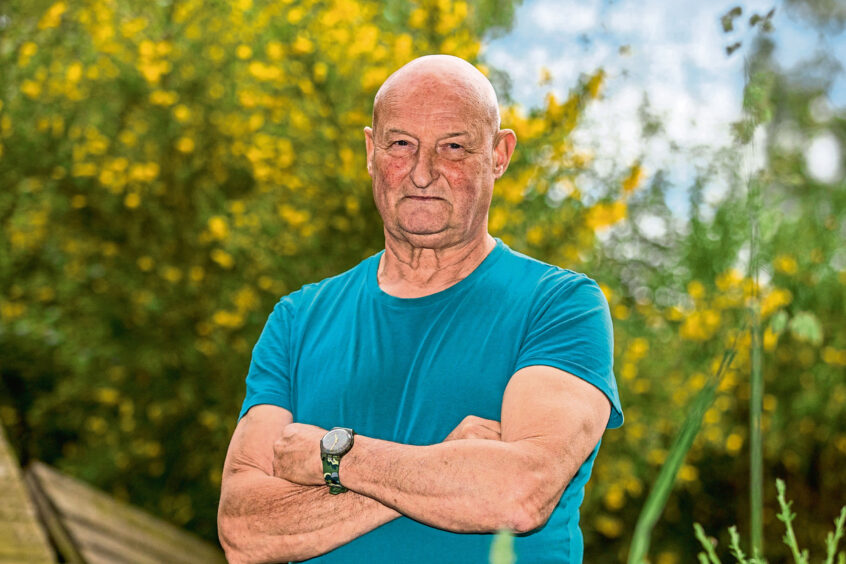
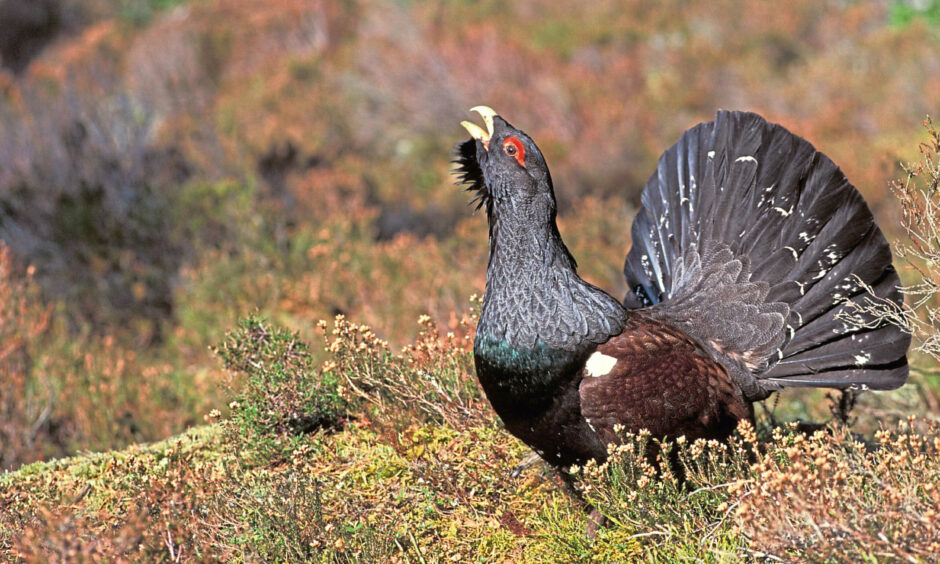
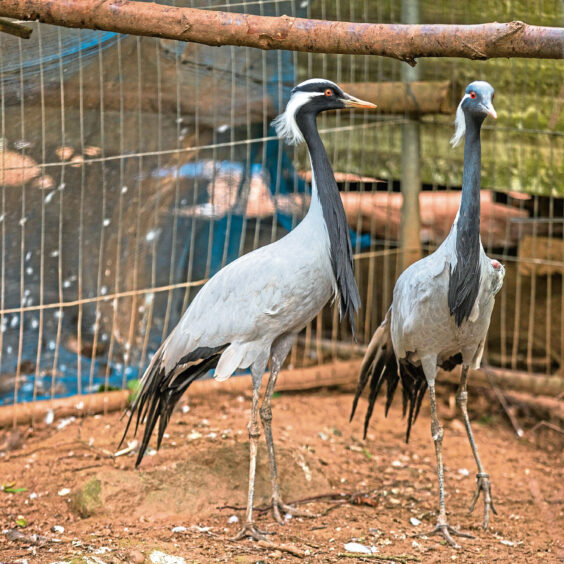
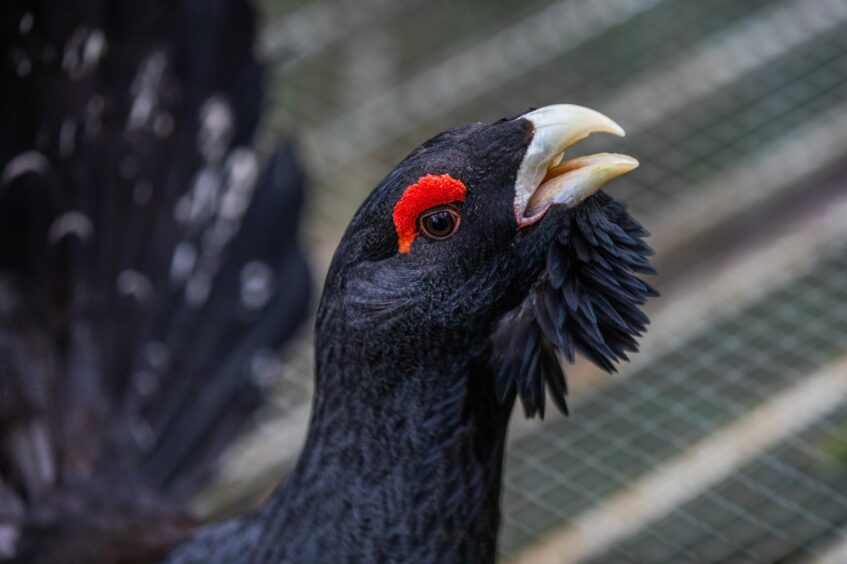
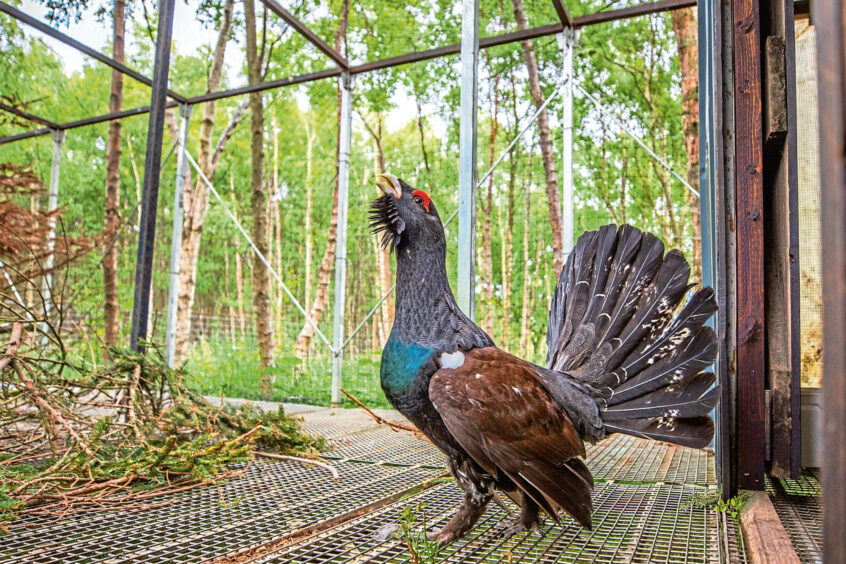
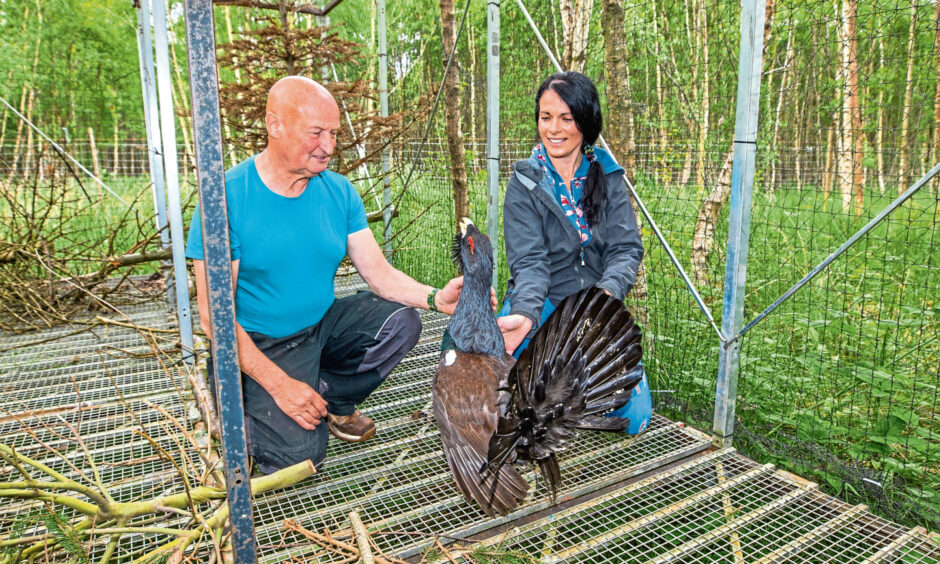
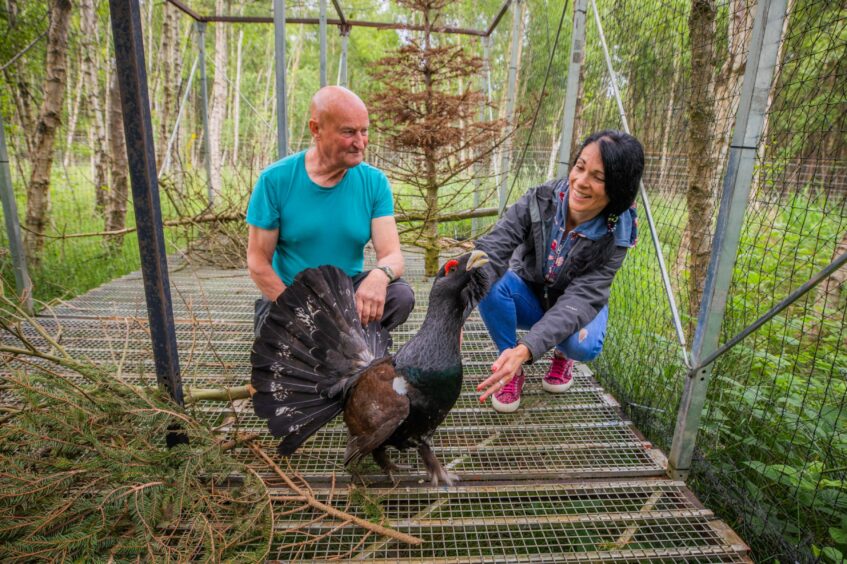
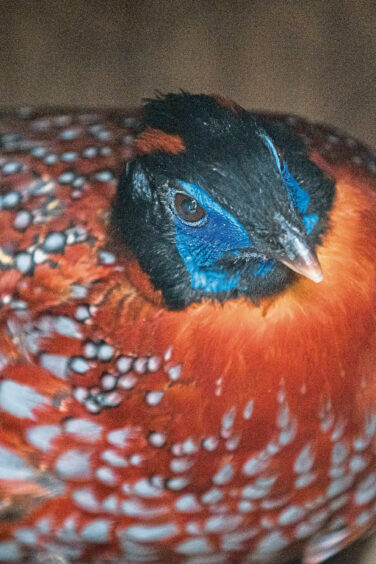
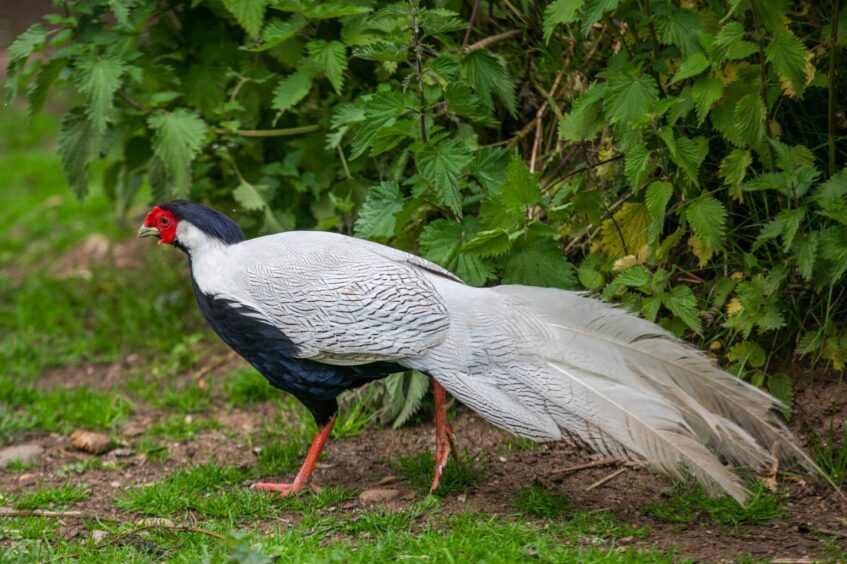










Conversation